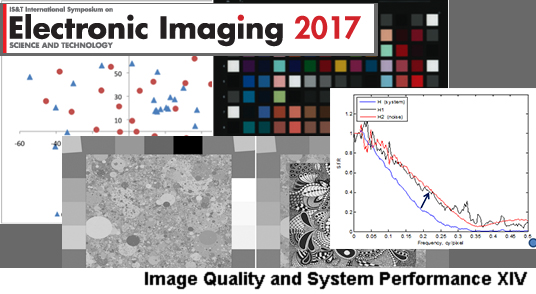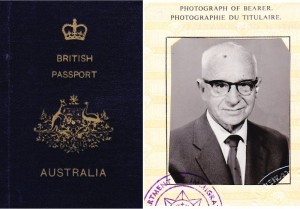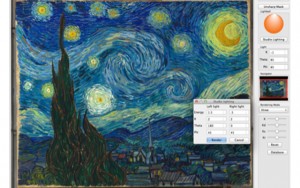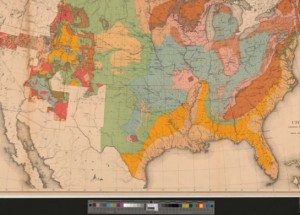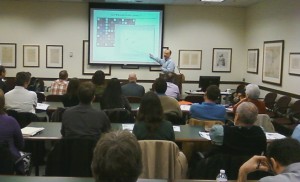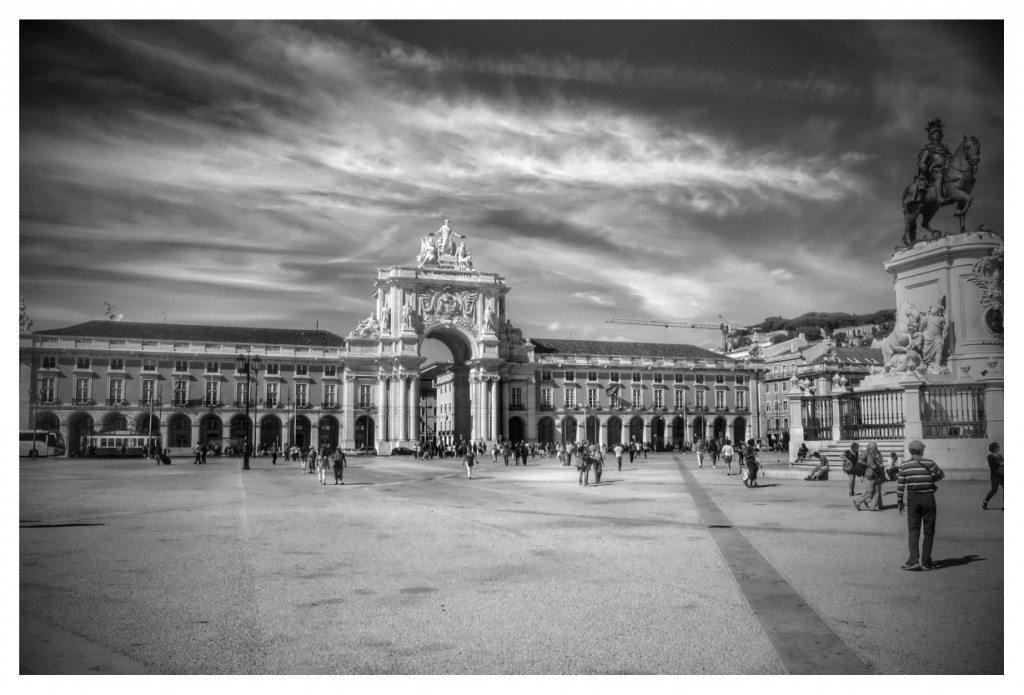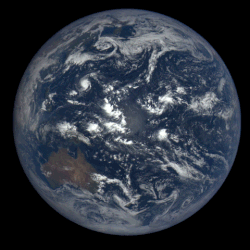From upstate New York. A Shotgun was aimed in the upper mid-left. Was it the spelling or the uneven character spacing that resulted in such punishment? We will never know, but please don’t let this happen to your message.
Electronic Imaging Symposium 2017: Invitation
I&T’s Electronic Imaging Symposium 2017 will be held 29 January – 2 February, 2017 near San Francisco, and is now accepting submissions to present and publish your work. There are many conferences within this symposium covering a wide range of topics. The submission deadline is 4 July 2016.
The invitation to participate in the Image Quality and System Performance Conference (IQSP) is here.
As you will see, suggested topics include three general areas
- Image quality objective and subjective evaluation
- Performance measurement and modeling
- Standards for image quality and system performance
Joint sessions with IQSP are planned for three other conferences,
- Digital Photography and Mobile Imaging
- 3D Image Processing, Measurement (3DIPM), and Applications
- Human Vision and Electronic Imaging Conference
More information on other conferences within the symposium is available here
Citizens, not subjects: Jefferson, France* and expired passports
I recently chaired an IS&T Archiving 2016 conference session on Advanced Imaging Techniques. My role included introducing Fanella France, US Library of Congress, presenting Spectral Imaging for Preservation Documentation. An example cited was the discovery that in the US Declaration of Independence Thomas Jefferson had originally used the word subjects, but changed this to citizens. The interpretation being that Americans would not be subjects of the crown, but a people (citizens) whose allegiance was to one another.
Later that morning, I mentioned this and suggested that perhaps conference attendees from Commonwealth** countries might like to check which they are considered. I intended this as a light-hearted comment, the type that session chairs make as people shuffle back from a coffee break. Conference proceeds – considered successful – splendid time had at NARA. Little did I know …
Your papers, please …
A few of days after the conference, visiting my parents, while looking in a sock drawer, I discovered several expired family passports for my mother and her father. Having looked at the stamped visas and the passport holder information (expected, but still interesting), I happened to notice the front covers. Curious that my maternal grandfather’s 1961 Australian passport had the title; British Passport, and below the crest, Australia. Mum’s more recent 1979 passport simply said Australia Passport. Both also had the royal crown insignia, but a 1985 version did not. What’s all this?
Expired passport for Fred, aka Pa, issued in 1961
After a simple search one learns that in 1967, the word British Passport was removed from Australian passports, but the Crown was kept. The word Australia appeared below the Crown, followed by the Australian Coat of Arms and the word Passport. The crown was removed in 1984.
I learned a few things from Archiving 2016 that I had not anticipated, but that is part of the fun, isn’t it?
p.s. I found some UK ration books and a travel journal, but these stories are for another time.
_____
*With apologies to Dr. Fanella France – I could not resist since Mr. Jefferson was United States Minister to France (which most of you reading this far will already know)
** Commonwealth of Nations: the pink bits on globes and maps of my youth
Ten Years After: Every Story Tells a Picture
Although it might seem simple today, ten years ago adding your own pictures to an on-line advertisement was novel. Then a Kodak employee, I noticed the following on the company web site,
Using an exclusive, free online tool, visitors to www.kodak.com can import up to five of their digital pictures into Kodak’s Gallery commercial, then view their own “edit” of the 60-second spot. You may then share the commercial with any number of e-mail recipients. Your personalized Gallery commercial – complete with music, scenes, and dialogue from the original TV commercial – will remain viewable via the email link for a minimum of 30 days.
Kodak Gallery had me at free, my own pictures, publicly viewable. I tried it, and figured out how to download the resulting video file – not easy because that was not Kodak’s intent.
Well, I added a few images of imaging test charts that Don Williams and I were starting to use at library and archiving institutions. I sent the file to a couple of friends.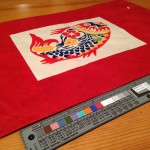
Fast forward to 2016. I recently stumbled on a reference to Kodak commercials and found a version of the original on YouTube. I have approximated my original effort by editing the version that I used in 2006. In fact I have done more (title, credits, etc.) – all with free software, as before. I include a few ‘nuggets’ at the end. The video quality is, of course, limited by the version posted, but it should look OK on a small screen.
The thumbnail view includes a test chart from Image Science Associates
From the Kodak press release, ten years ago last Monday.
ROCHESTER, N.Y.–April 3, 2006–Now, you can be in pictures. Kodak invites you to join the millions of TV viewers who were captivated last year by an emotion-filled commercial in which countless photos were preserved and shared in an infinite “Kodak Gallery.”
Utah Teapot Demo
When I saw a recent post by Suzanne Grinnnan on the history of Martin Newell’s Utah Teapot, I thought I would learn a bit about it. Here is the result, courtesy of Matlab. Notice how the lid obscures the light source when it is raised.
Surface and Texture for Museums and Galleries: Archiving 2016
 IS&T’s Archiving Conference, 19-22 April 2016
IS&T’s Archiving Conference, 19-22 April 2016
National Archives, Washington DC
Surface and texture information is important for the study of many types of historical material. When combined with image capture, three-dimensional visualization can reveal hidden characteristics, and Archiving 2016 will provide opportunities to learn about two methods, used in museums and galleries.
Four-Light Imaging (4LI) uses polarized light sources to capture information about the microstructure (impasto) of artwork. The full (multi-) spectral nature of the surface reflectance is measured, which allows computer ‘re-lighting’ for different illumination and viewing conditions. Eight images are collected for a given object, and automated software displays diffuse color and surface-normal images.
Prof. Roy Berns, Rochester Institute of Technology, will be offering his Four-Light Imaging short course.
Reflectance Transformation Imaging (RTI) uses up to 50 still images while moving the light source. The resulting data are displayed using interactive software that simulates viewing the object at different angles as you might if holding it. The method has been applied to a range projects, including early photographs at The Smithsonian, Diego Rivera murals in San Francisco and ancient tablets at The Louvre.
Carla Schroer and Mark Mudge, Cultural Heritage Imaging, will be presenting the short course, Computational Photography Techniques for Cultural Heritage Documentation and Archiving.
Spectral Imaging: An additional, short course that complements these is to be presented by Fanella France and Meghan Wilson, Library of Congress, Spectral Imaging – Capture and Processing. In a previous post I described the planned sessions on multi-spectra imaging at the conference.
Archiving 2016 Conference in Washington DC
This map image is shown with a object-level target used for evaluation and control of image scanning at the US Library of Congress (Courtesy of Erin Allen, from her blog post, DICE-y Digitization)
Spectral Imaging of Manuscripts: Recovery of the Past and Preservation for the Future,
Implementing Practices that Lead to Use or Reuse of your Collections,
- Multi-spectral imaging
- Asset Management
- Preservation Formats
- Image Quality Standards and Quality Assurance
- Imaging Strategies and Workflows
- Metadata Standards and Implementation
- Color Science and Analysis Tools
Download Preliminary Programme here
Conference Registration form here
In praise of monochrome
Another example of a travel photo improved* by algorithm – Google Pictures Assistant. My original was fine, but this version jumps out, as least to me. This was taken last September in Lisbon.
It is memorable because of a great late-afternoon walk, and a chance meeting. Minutes later I heard someone call my name from a restaurant on the far right of the square. It was a friend from Rochester, NY. He was passing through on the way to a conference.
____________
*labelled a stylized photo, although I am not sure which style. I don’t think the optical falloff in the corners is due to my lens.
Image Quality Testing course at Electronic Imaging 2016
![]() Don Williams and I will be presenting an introductory course on image quality testing next month in San Francisco. We adopt a two-hour format, providing a background for those interested in other courses on, e.g., Color Calibration, Image Noise Analysis, or 3D acquisition. IS&T’s Electronic Imaging Symposium will be held at the Hilton Hotel in Union Square.
Don Williams and I will be presenting an introductory course on image quality testing next month in San Francisco. We adopt a two-hour format, providing a background for those interested in other courses on, e.g., Color Calibration, Image Noise Analysis, or 3D acquisition. IS&T’s Electronic Imaging Symposium will be held at the Hilton Hotel in Union Square.
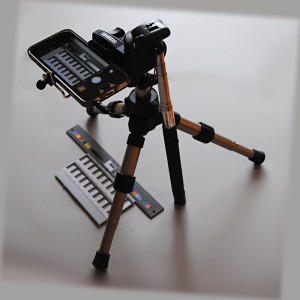 Using an informal seminar style, we introduce the basics that are often assumed in advanced classes. The what and why, before we get to how to.
Using an informal seminar style, we introduce the basics that are often assumed in advanced classes. The what and why, before we get to how to.
- Why measure Imaging performance for image capture?
- Standards versus Guidelines
- Benchmarking competing systems
- Color test charts, and standard reporting
- Reference software: free and commercial
- Sources of variability and measurement error
Course Title: EI01: Introduction to Image Quality Testing: Targets, Software, and Standards*
Sunday, February 14, 2016, 8:00 – 10:00 am
Course Length: 2 hours
Intended Audience
This course is intended for a wide audience: image scientists, quality engineers, and others evaluating digital camera and scanner performance. No background in imaging performance (optical distortion, color-error, MTF, etc.) evaluation will be assumed.
*prices for all increase by $50 after January 14, 2016


